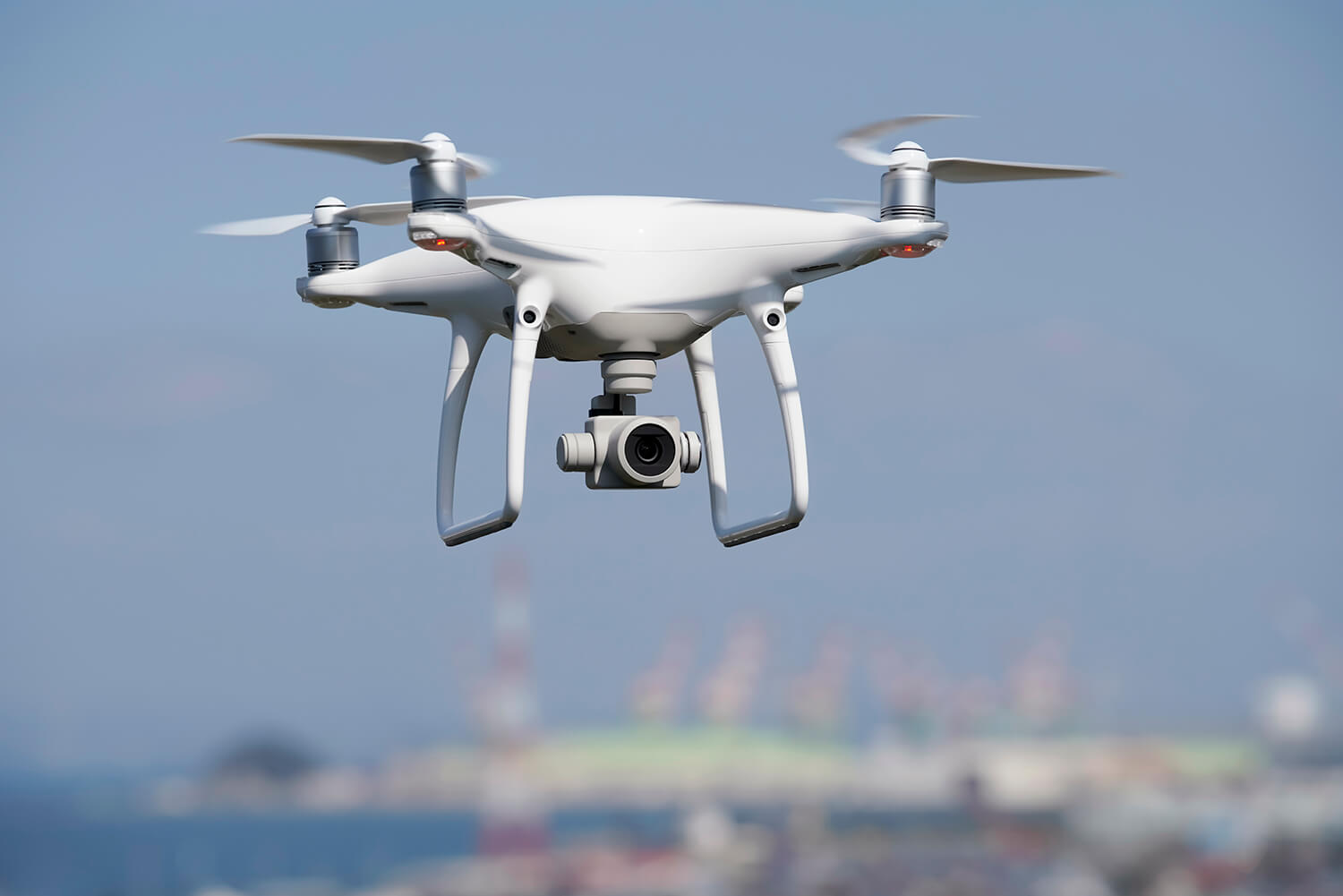Copyright Law: Fair Use and Drone Pictures
Aerial photographs taken with a drone are not covered by the fair use provision based on freedom of panorama as laid down in the German Copyright Code (§ 51 I 1 UrhG). If the drone pictures feature works protected by copyright, the consent of the respective rights holder is required for the photos to be utilized. An according judgement has been issued by the Higher Regional Court (OLG) Hamm. It picks up a legal issue that been discussed in professional circles for some time. However, the decision should not be misunderstood. It does not fundamentally exclude drone shots from the scope of the freedom of panorama provision. The judgement refers to a situation in which a drone is used to take pictures from a perspective that is not generally accessible whereas a different evaluation may apply if other cases.
A collecting society had sued a book publisher for injunctive relief as it had used various photos without a license. The relevant pictures were aerial photographs taken with the help of drones and featured inter alia art installations from a bird’s eye view. The book publisher relied on the copyright restriction based on freedom of panorama (§ 59 I 1 UrhG), which implies that the acquisition of a license is not necessary. The 1st level of jurisdiction took a different view and denied the application of the exception. This has now been confirmed in the appeal proceedings by the Higher Regional Court of Hamm (Judgement of 27 April 2023, file number: 4 U 247/21).
Perspective of drone picture crucial
In their decision, the judges of the Higher Regional Court of Hamm stated that the application of the freedom of panorama exception requires that the work shown on the picture is permanently located on a public path, street or square and can be viewed from there. Works set up or brought in a public place were somehow dedicated to the general public. This legitimizes a restriction of the author’s exploitation rights. However, this evaluation leads to the conclusion that only perspectives available to the general public can be subject of the freedom of panorama exception. On the contrary, pictures which feature a perspective inaccessible to the general public should not fall into the scope of the copyright provision. This also applies if the respective view can only be taken with additional tools. These considerations also apply to drone shots from the airspace as the airspace is not generally accessible to people. Special aids and means of transport are required.
Airspace not a public place
However, the judgement of the Higher Regional Court of Hamm should not be mistaken. It does not exclude the application of the freedom of panorama exception for any drone pictures. It is not without reason that the official guiding principle for the judgement is based on aerial photographs using drones. The decisive factor will therefore be whether the respective drone photo could have been created from a perspective that is accessible to the general public. In the present case this was to be denied because the photograph was taken from the air. For other case a different set of facts may apply. Similar considerations were brought up some time ago in relation to copyrighted works shown via the Google Street View internet service.
Freedom of panorama for drone shots not excluded per se
Overall, the judgment underscores the fact that the freedom of panorama exception of German Copyright Law adapts to new technologies. It remains to be seen how the Federal Supreme Court of Germany evaluates the matter.

